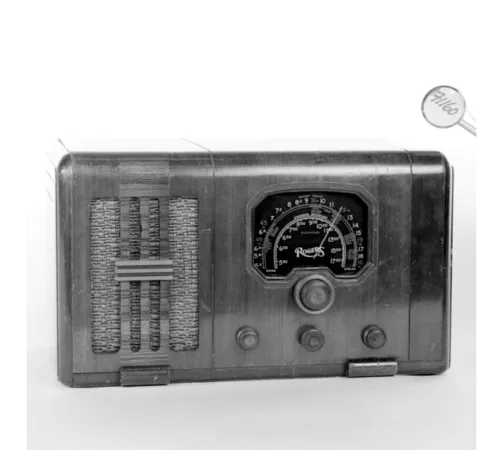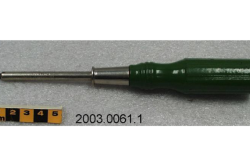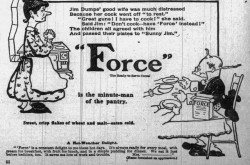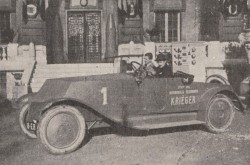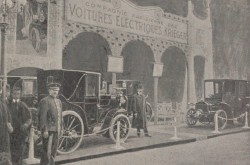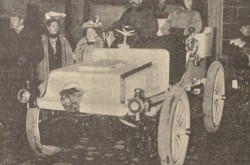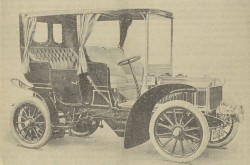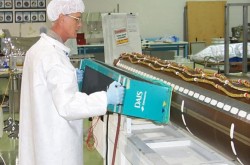Radio, Receiver Source: CSTMC/SMSTC [Artifact no. 2001.0320.001]
This article was originally written and submitted as part of a Canada 150 Project, the Innovation Storybook, to crowdsource stories of Canadian innovation with partners across Canada. The content has since been migrated to Ingenium’s Channel, a digital hub featuring curated content related to science, technology and innovation.
Early Life
Ted Rogers and his passion for radio technology and communications built the foundation for today’s renowned company, Rogers Communications.
Edward Samuel Rogers, known as Ted Rogers, was born on June 21, 1900, in Toronto, Ontario.
Passion for Radio
At the age of 11, he became fascinated with radio after seeing his first receiver.
Just two years later, he was already being recognized in the community as a skilled radio operator after transmitting signals with one of the first licensed amateur sets in Canada. When he turned 14, he built a radio and began picking up faint signals from Germany announcing the declaration of World War I.
In December 1921, he became the first amateur radio operator in Canada to successfully transmit a signal across the Atlantic Ocean.
By 1925, Rogers invented the world’s first radio tube that was able to be powered from household current. He formed the company where the radio was built for commercial use. It was named Standard Radio Manufacturing Corporation in Toronto and later named Rogers Majestic Corporation. Their product, the Rogers Batteryless radio cost $370 upon release, a value of nearly $5,000 today.
Rogers later started the first all-electronic radio station named Canada’s First Rogers Batteryless or CFRB which strangely enough, is now owned by Bell.
He never seemed satisfied, though, constantly looking for ways to improve radio communication throughout his life. He later became the first person in Canada given a television license in 1931. And was among the first to see the arrival of colour TV before it hit the markets.
Later Life and Rogers Communications Today
Ted Rogers passed away young in 1939. His only son Edward Samuel Rogers, Jr, carried on his legacy and became a broadcasting and communications mogul.
Today, Rogers Communications is one of the most well-known communications providers in Canada. They provide wireless, high-speed internet, cable television and home phone services to millions of Canadians



![Radio, Receiver Source: Ingenium [Artifact no. 2001.0320.001]](/sites/default/files/styles/large_1/public/2019-06/radio1.png.webp?itok=9fOItal3)
